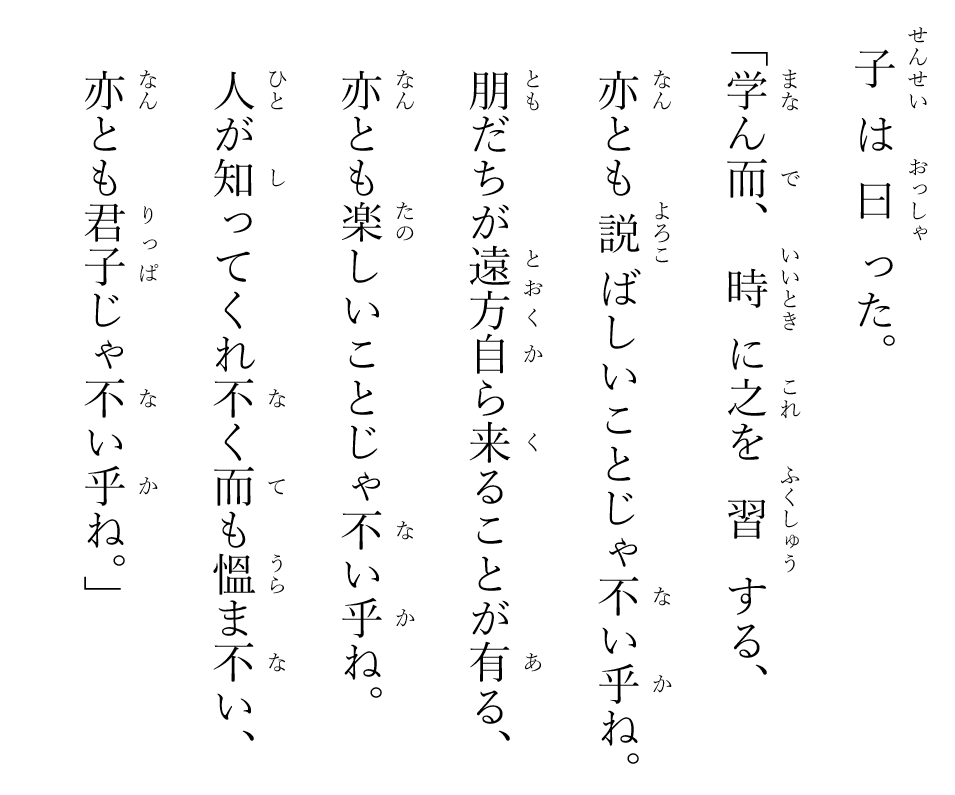Sumatra, the cat-sized ant
Situated at the tip of Sumatra, Samudra-Pasai was once a very important seaport in the Malay World. What sets the state apart is its historical distinction as the first Islamic kingdom in the far east, with its establishment likely dating back to the 13th century.

The etymological origin of the name of the port town can be found in Hikayat Raja Pasai, the oldest Malay historical fiction. The unnamed author of the Hikayat would like us to believe that the names of Samudra and Pasai were both inspired by animals. And the two creatures first encountered each other in a rainforest.
Legend has it that Merah Silau and his sidekick Si Pasai (سفاسی) fled to the Forest of Jrn (جرن) in order to run away from his older brother Merah Hasum. It didn't take long for Pasai to start barking on an elevated terrain. Merah Silau followed the barks and stumbled upon a cat-sized ant.
To Pasai's surprise, Merah Silau captured and ate the ant, demonstrating to us that he knew that ant is rich in protein. He then ordered the high ground to be cleared and a palace built.
Maka tersebutlah perkataan Merah Silau di Rimba Jrn itu, sekali peristiwa pada suatu hari Merah Silau pergi berburu. Maka ada seekor anjing dibawanya akan perburuan Merah Silau itu bernama Si Pasai. Maka dilepaskannya anjing itu, lalu ia menyalak di atas tanah tinggi itu. Maka dilihatnya ada seekor semut besarnya seperti kucing. Maka ditangkapnya oleh Merah Silau semut itu, maka lalu dimakannya. Maka tanah tinggi itu pun disuruh Merah Silau tebas pada segala orang yang sertanya itu. Maka setelah itu diperbuatnya akan istananya, setelah maka Merah Silau pun duduklah ia di sana, dengan segala hulubalangnya dan segala rakyatnya diam ia di sana. Maka dinamai oleh Merah Silau negeri itu Semudera ertinya semut yang amat besar, di sanalah ia diam raja itu.
And the land, forever marked by this epicurean adventure, was christened Smndara (سمندارا). And there Merah Silau, the king, resided.
- The Semut Raya story was likely composed by someone who is not native to Southeast Asia, or by someone who is unfamiliar with the tropical forest.

Dinomyrmex gigas Queen (can achieve 35 mm). Workers typically measure between 20 to 25 mm. Males are typically only about 20 mm.
Dinomyrmex gigas can be found in most of the Sundaland countries (Borneo, Indonesia, Malaysia, Philippines, Singapore, Thailand).
In Malay, semut raya simply means: giant (raya) ant (semut). In Hikayat Raja Pasai, we were told that the name was chosen by Merah Silau, perhaps to commemorate his breakfast. However, the book did not explain why the last ya-syllable in semutraya was dropped. - For many hundred years, the unidentified author of the Malay picturebook has not been taken seriously by anyone. But this assertion held true until Syed Muhammad Naquib Al-Attas, at the age of 80, decided to support the ant-theory in 2011. Al-Attas's reasoning is the the Malay word semutraya was corrupted phonetically and orthographically by the Arabs.
. . . it must be pointed out also that, to explain the evolution of the name Semutra to Sumatra, spelled with the Arabic letters s-m-ṭ-r with the quiescent h at the end, Semutra can be read not only as Samuṭra or Sumaṭra, but Sumatra. I suggest with reason, apart from the fact that it was from Malay Semutra that the name Sumatra was derived, it was also due to the Arabs' way of pronouncing Semutra in accordance with their vocal system that the final evolution of the name Semutra to Sumatra was effected as demonstrated by their spelling of the name with their letters s-m-ṭ-r (-h) . . .
Syed Muhammad Naquib Al-Attas (1931 - ) believes that the cat-sized ant described by the author of Hikayat Raja Pasai is not a fiction.
The fact that a highly knowledgeable Malay scholar is willing to go to such an extreme to forego the Indic cultural backbone of the Malay world, is to me, remarkably puzzling.
- Hikayat Raja Pasai (Or. 14350 f. 54v): Here the author equated Merah Silau (مره سيلو = MRH SILŴ) with Sultan Malik al-Salih (مالک الصالح = MĀLK AL-ṢĀLḤ). Note that spelling of the Sultan's name deviates slightly from the orthographically standard form of “ملك الصالح" (MLK AL-ṢĀLḤ صَالِحٌ). The name “Pasai" is spelt in two forms (فاسى and فاسي) is curiously close to Parsi (فارسی).
Note that the Arabic alef maksura ى ([a], U+0649) is orthographically undifferentiable from the Persian yeh ی ([j], [i], [e], U+06CC). In Malay, we use the Arabic yeh ي to denote the sound encoded by the Persian yeh. In European maps, “Pasai" is usually written as Pacém (≈ Pasĕŋ ≈ Pasĕ). In Arabic literature, however, the name is usually as “ساموديرا باساي" (SAMUDERA BASAI).
- In Albuquerque's Commentary (1576), the name of the Sumatran port city was rendered as ‘Pacè'.
Albuquerque highlighted a type of long and fast-sailing boat named pangajaoa (pengayau | pangayaw) (q̃ fam hũs nauios comp ridos muito: veleiros daquella terra = which were some very long ships: sailboats from that land). The stem word ofpengayau is kayau (cutting off of heads).










Comments